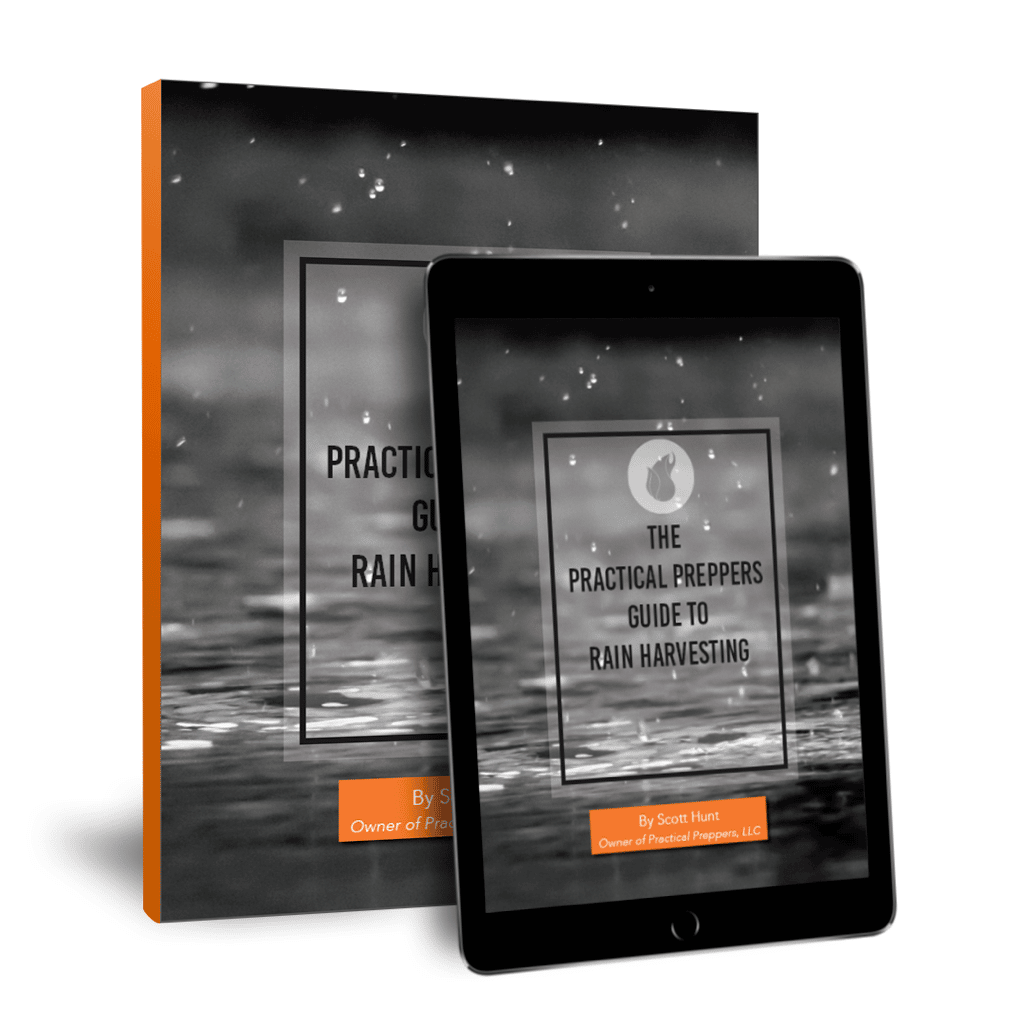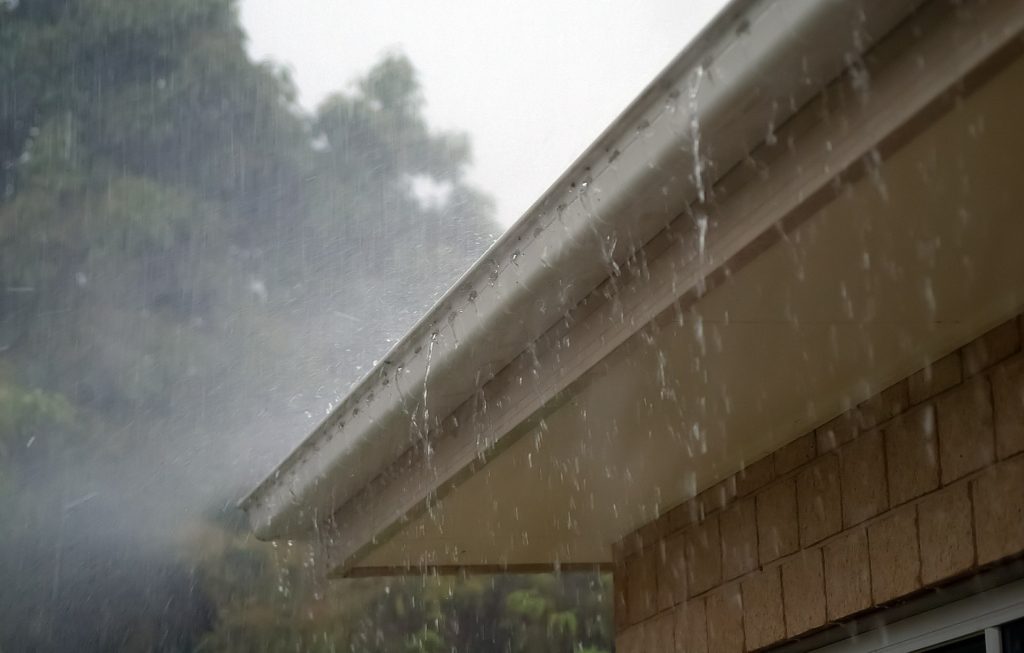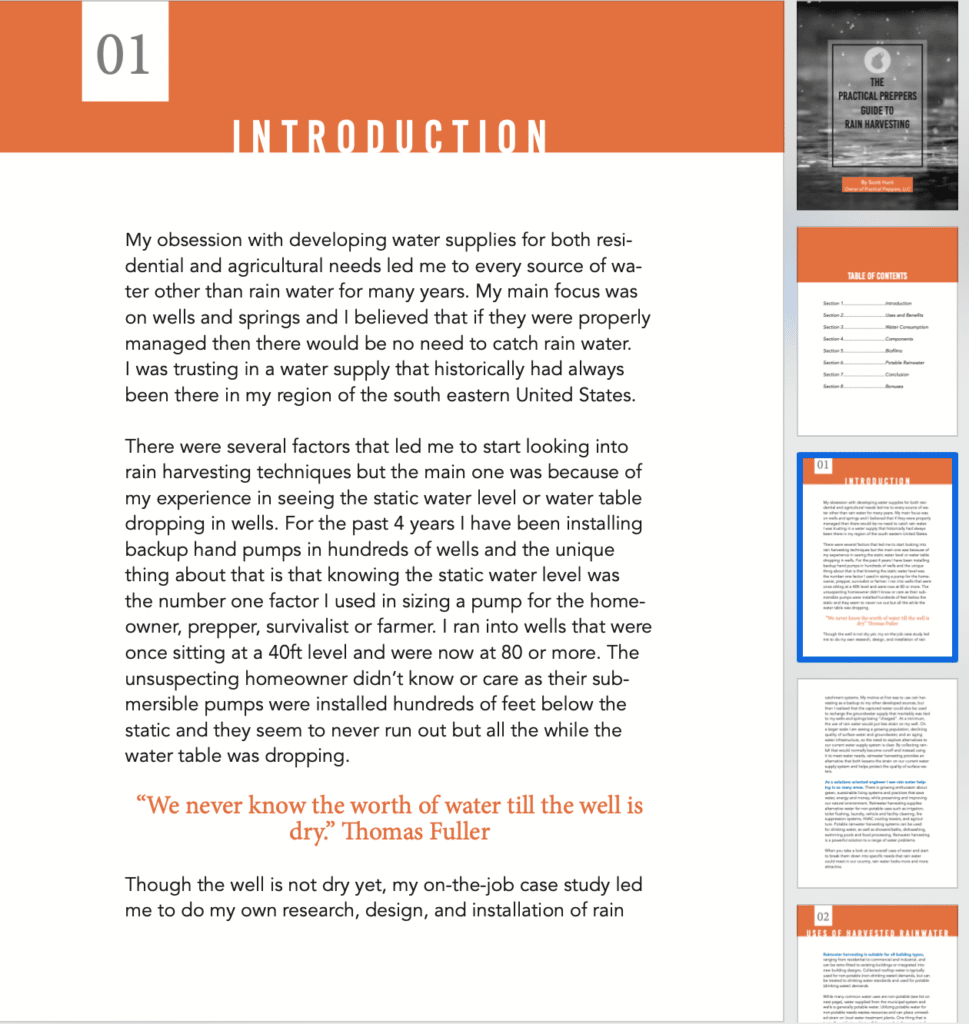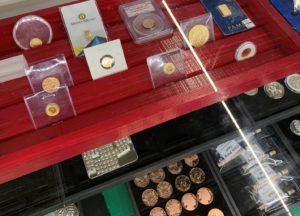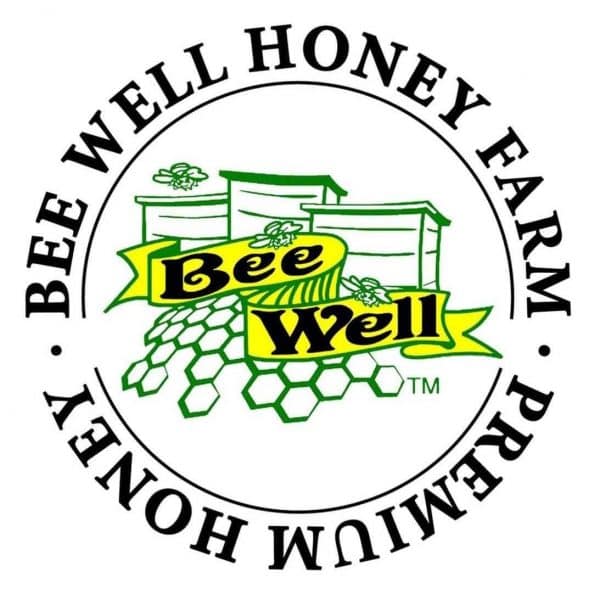I have been obsessed with developing sustainable water supplies for years, but it took me that long to begin looking into rainwater harvesting. As I observed a declining static water level (the number one factor I use in sizing a pump for wells), I began to consider rainwater as a back-up to my other developed water sources. See my post on the uses of rainwater. I quickly realized the greater potential that rainwater has and it led me to installing a potable rainwater catchment system in my own home. The result: rooftop water landing in my drinking cup through a 7 layer filtration system. In this article, I’ll be reviewing those 7 layers of filtration that will deliver safe, clean drinking water directly from your roof. The first 4 layers are necessary for any high quality, non-potable catchment system, and the last 3 make it potable.
Layer 1: Gutter Gaurds
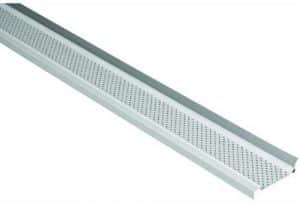
Layer 2: First Flush Diverter
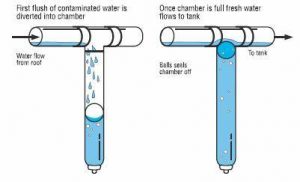
Layer 3: Overflow Skimmer
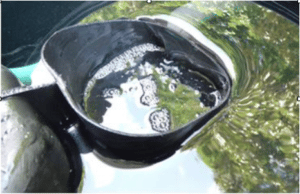
Layer 4: Floating Extractor
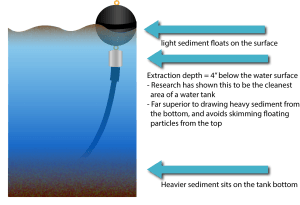
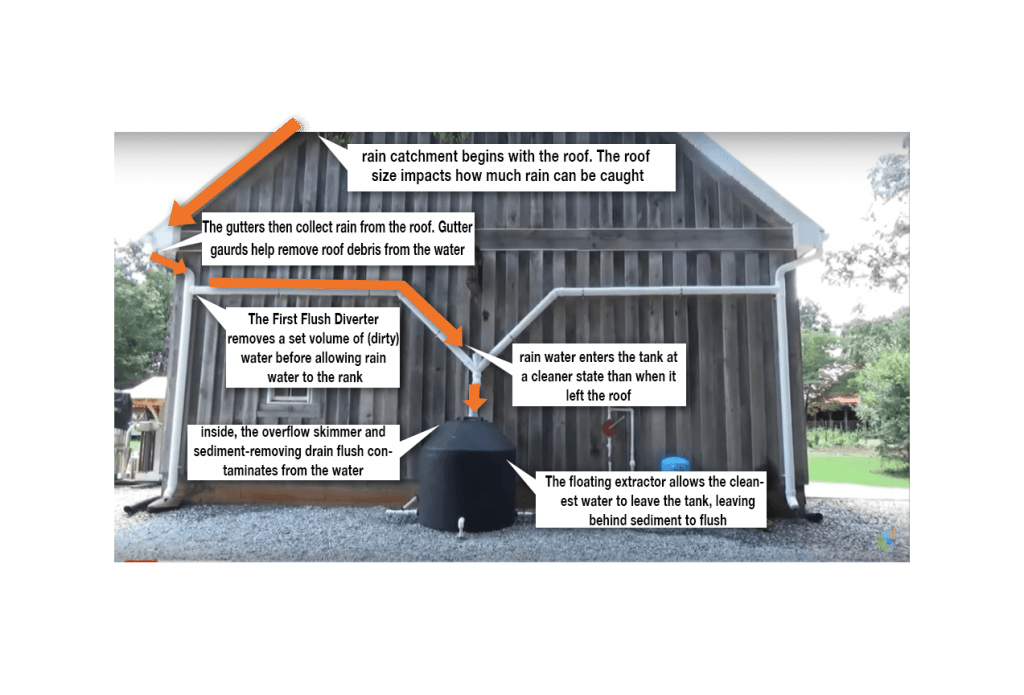
This completes the filtration layers needed for non-potable water. Don’t forget to check out my post on the uses of rainwater. The next 3 layers are added so that you can bring your rainwater safely into your kitchen.
The harvested rainwater will enter these last 3 filters through a pump system. Information about rainwater pump systems can be found in my guide to rainwater harvesting.
Layer 5: Spindown Filter
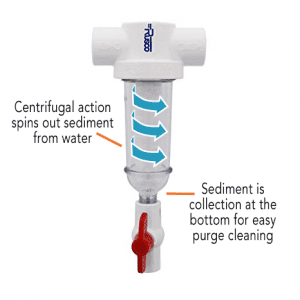
Layer 6: Filter Canister
After the Rusco, I use Whole House Filter Canister from 5, 10, and 20 microns. It is a good goal to filter to 5 microns with these canisters. They will help your ceramic filter (next layer) stay clean, but need to be changed regularly, depending on filter size and input quality.
Layer 7: Ceramic Filter
The ceramic filter puts a great clean finish on your potable water setup. It should be filtered to 5 microns before entering to help it stay clean longer (less cleaning means less chances of breaking the ceramic candles).
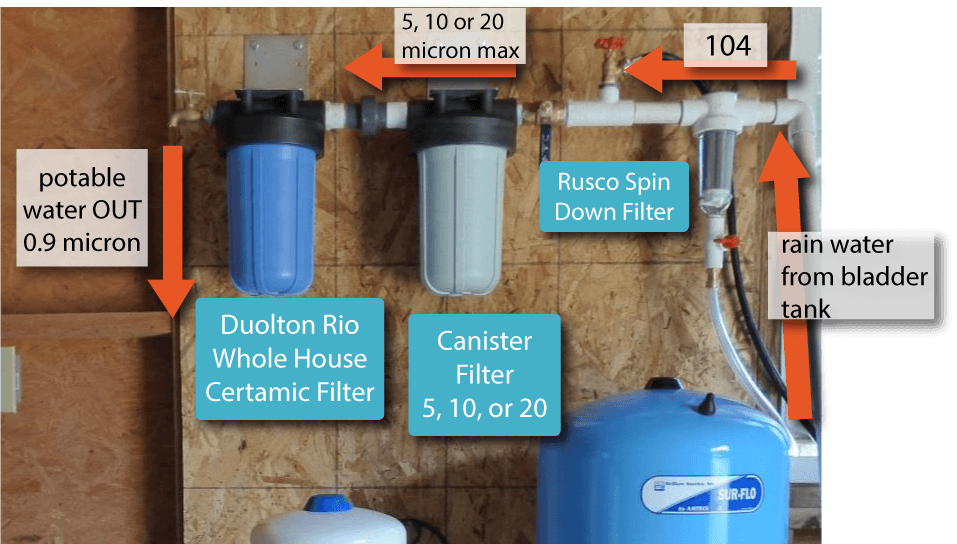
Make sure you always test your harvest before using it as potable water. I go into full detail about each system component, as well as bonus features such as improved drainage and hot rainwater showers in my guide to rainwater harvesting. It can be downloaded as an ebook below and can be easily read on a mobile device.
